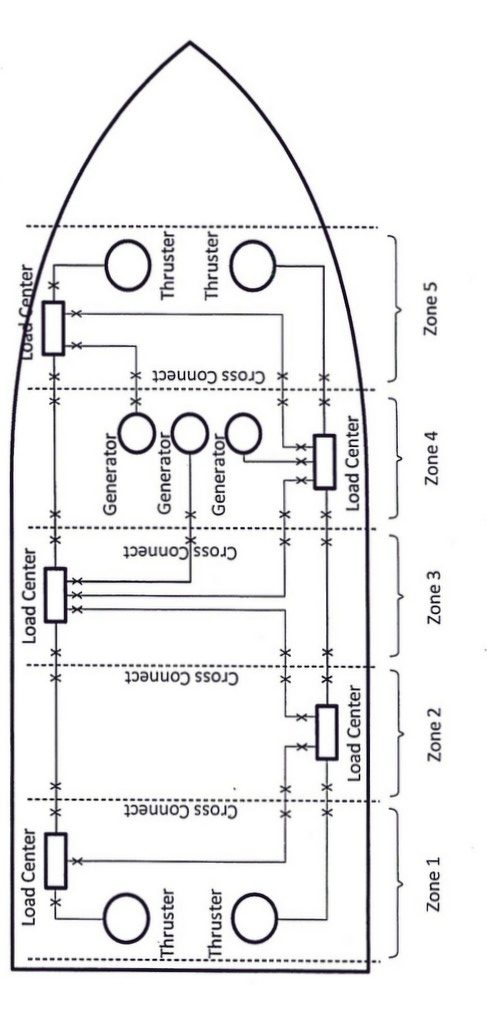
The SNAME annual meeting is a high speed knowledge exchange fest and the last annual meeting in Seattle may quite possibly have been the best one yet.
I always get the printed version of the proceedings and leaf through the papers on the flight home. My proceedings need to be the printed versions because I read them with a pen and add comments in the margins to warn the next person in the office who gets to look through them. Most papers are quite good, although occasionally there is a paper that must have slipped through our peer review process, and contains untruths, is overly commercial, or is just a “duh” paper (and generally if it contains one of these flaws, it contains all three). But the best part is finding a paper that gets one’s engineering juices flowing.
In this year’s proceedings one of my favorites was “Zonal Distribution Cuts Cabling Cost” by John Hensler of STX Marine.
During the conference the paper did not catch my eye and therefore I did not attend the presentation, but reading it in the airplane it sure made a lot of sense to me. While the execution of the concept in the paper can very be complex, the application is something everybody should take a closer look at.
This is a representation of a conventional power distribution in a vessel. This is the way large commercial ships including large passenger ships have been wired for over one 100 years. (I quickly copied the figures from the paper, contact SNAME for the full paper.)

This arrangement is thought to be the least expensive way to wire a ship even if there are bulkheads through which the cables have to be pulled and potted, but that may not be true.
Mr. Hensler points out that navy ships do things a little different. A navy ship needs to be more damage tolerant and therefore a Navy ship often has two main power feeders as shown below with local power distribution. This is called Zonal Distribution.

It allows damage in one side of a compartment, but still provides near complete power distribution to the rest of the ship. None of this is new, but Mr. Hensler makes an interesting comment. He suggests that the cost to install zonal distribution may be less expensive than using radial distribution, and he makes a pretty good case. This is a zonal distribution diagram one may find in a DP OSV.

Just days after I read the paper I surveyed a diesel electric DP OSV and I think he is right; I think it would reduce construction cost and increase survivability and redundancy which is actually a big deal with DP.
But the real payoff will be with passenger vessels. Zonal distribution, with preferably two generator rooms, will greatly increase vessel survivability and, even if the propulsion power goes down, it will prevent four day passenger ship floats from hell without A/C and toilets.
This paper is worthy of being closely studied by IMO and further study of the cost/weight/ruggedness aspects for real life applications would be a great student Marine Engineering project. These would be straight forward projects; take general arrangement and electrical arrangement drawings of existing passenger ships and recost them for construction as zonal vessels. Even more interestingly, since the zonal approach will only take off if it is cost effective on a relatively large percentage of ships, the more student projects; the easier it will be to decide between one or the other.
I would love to see the results, maybe at the 2014 or 2015 annual meeting.

